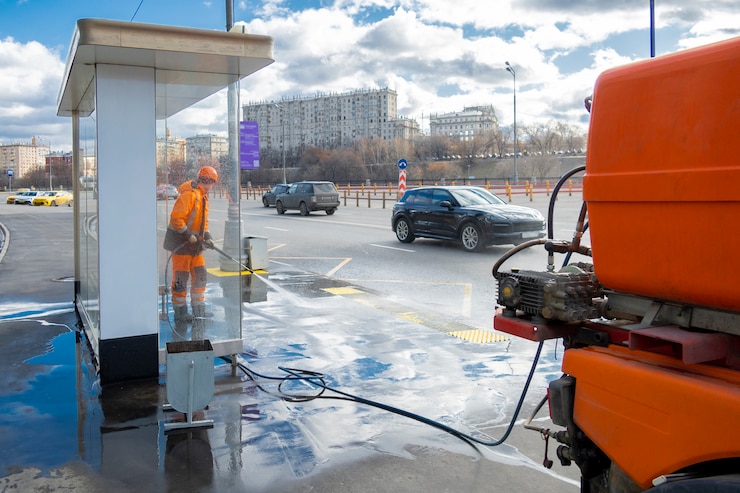
Cleaning in High-Traffic Areas: Challenges and Solutions
High-traffic areas, such as airport terminals, shopping malls, train stations, and office lobbies, present unique cleaning challenges. The constant flow of people not only leads to rapid dirt accumulation but also poses logistical challenges for cleaning crews. This article delves into the intricacies of cleaning in such busy zones and offers solutions to ensure cleanliness without causing undue disruption.
1. Understanding the Unique Challenges
Before diving into solutions, it’s essential to grasp the specific challenges posed by high-traffic areas:
- Rapid Dirt Accumulation: The sheer volume of foot traffic means these areas get dirty quickly.
- Diverse Types of Dirt: From mud tracked in on shoes to accidental spills, the variety of dirt and stains is vast.
- Limited Cleaning Windows: The constant flow of people means there’s limited downtime for cleaning.
- Safety Concerns: Wet floors or cleaning equipment can pose hazards to the public.
- Wear and Tear: High-traffic areas tend to wear out faster, requiring frequent deep cleaning and maintenance.
2. Scheduled vs. On-the-Spot Cleaning
While scheduled cleaning is essential, high-traffic areas often require immediate attention due to spills or accidents. Balancing between regular cleaning schedules and addressing on-the-spot issues is crucial.
Solution: Employ a two-tiered approach. Have a dedicated team for scheduled cleaning and another team on standby for immediate needs.
3. The Right Equipment Matters
Using the correct equipment can drastically reduce cleaning time and ensure efficiency.
Solution: Invest in high-quality, commercial-grade cleaning equipment. Machines like industrial sweepers or scrubbers can cover large areas quickly. Additionally, cordless equipment can reduce tripping hazards.
4. Safety First
In bustling areas, safety is paramount. Cleaning processes shouldn’t pose risks to the public.
Solution: Use signage to alert the public about wet floors or ongoing cleaning. Ensure that cleaning crews are trained to handle equipment safely in crowded settings.
5. Eco-friendly Cleaning
With the volume of cleaning required in high-traffic areas, the environmental impact can be significant.
Solution: Opt for eco-friendly cleaning agents that reduce environmental harm. Moreover, machines that use less water or have efficient filtration systems can minimize waste.
6. Deep Cleaning and Maintenance
Beyond daily cleaning, high-traffic areas require periodic deep cleaning to address wear and tear.
Solution: Schedule deep cleaning during off-peak hours. This might mean overnight cleaning sessions for places like malls or early morning cleaning for office lobbies.

7. Training and Adaptability
Cleaning crews need to be agile and adaptable, given the dynamic nature of high-traffic areas.
Solution: Regular training sessions can equip staff with the skills to handle unexpected challenges. Emphasize adaptability and quick decision-making in training modules.
8. Engaging the Public
Sometimes, the public can play a role in maintaining cleanliness.
Solution: Place trash bins strategically and use signage to encourage people to dispose of waste properly. In some settings, spill stations with paper towels can allow individuals to address minor spills immediately.
Conclusion:
Cleaning in high-traffic areas is undoubtedly challenging, but with the right strategies, it’s possible to maintain cleanliness without causing disruption. By understanding the unique challenges and implementing tailored solutions, facilities can ensure that their busy spaces remain clean, safe, and welcoming for everyone. In the end, it’s about striking a balance between efficiency, safety, and adaptability.


